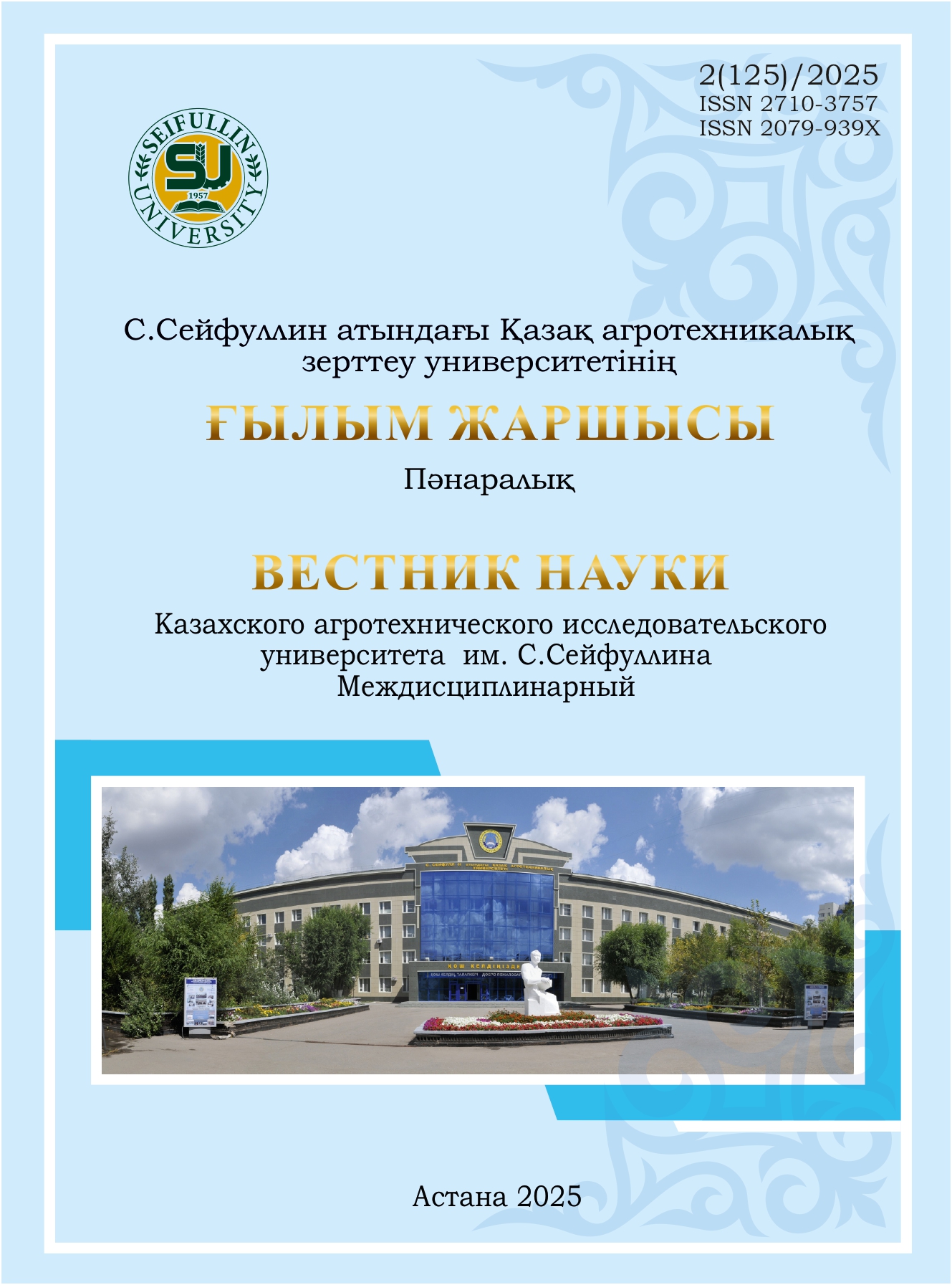Problems of introducing economic indices for evaluating cattle in Kazakhstan
DOI:
https://doi.org/10.51452/kazatu.2025.2(125).1959Keywords:
BLUP; cattle; breed; IAS; index assessments; economic index.Abstract
Economic indices are derived from primary selection indices and traits, as well as from a wide range of animal and environmental characteristics. While selection indices based on BLUP assessments are relatively well established in Kazakhstan, the implementation of economic indices faces several challenges. The primary issue is the insufficient completeness of animal characteristics in the IAS information system, which limits the ability to construct reliable economic indices- a problem discussed in more detail in this study. The paper also addresses another important challenge: the lack of a standardized terminology and the significant gap in understanding the meaning of index-based assessments among specialists and end-users. At the farmer level, index values are often misinterpreted as a direct forecast of productivity or, in the case of economic indices, as direct estimates of potential profit. This misunderstanding hinders the acceptance of urrent indices, even those with a well-documented track record of effectiveness, as they often appear non-intuitive to users. Most indices are derived from primary BLUP indices, whose foundation lies not in biology but in the statistical properties of random variables –concepts that must simply be accepted. For this reason, the paper includes a brief explanation of the theoretical foundations behind the construction of selection indices using the BLUP framework. Finally, the paper presents an example of constructing an economic index for beef cattle. This example is notable because it is based on the limited animal and farm data available in the IAS database, under conditions where comprehensive data required for full economic forecasting are lacking.

